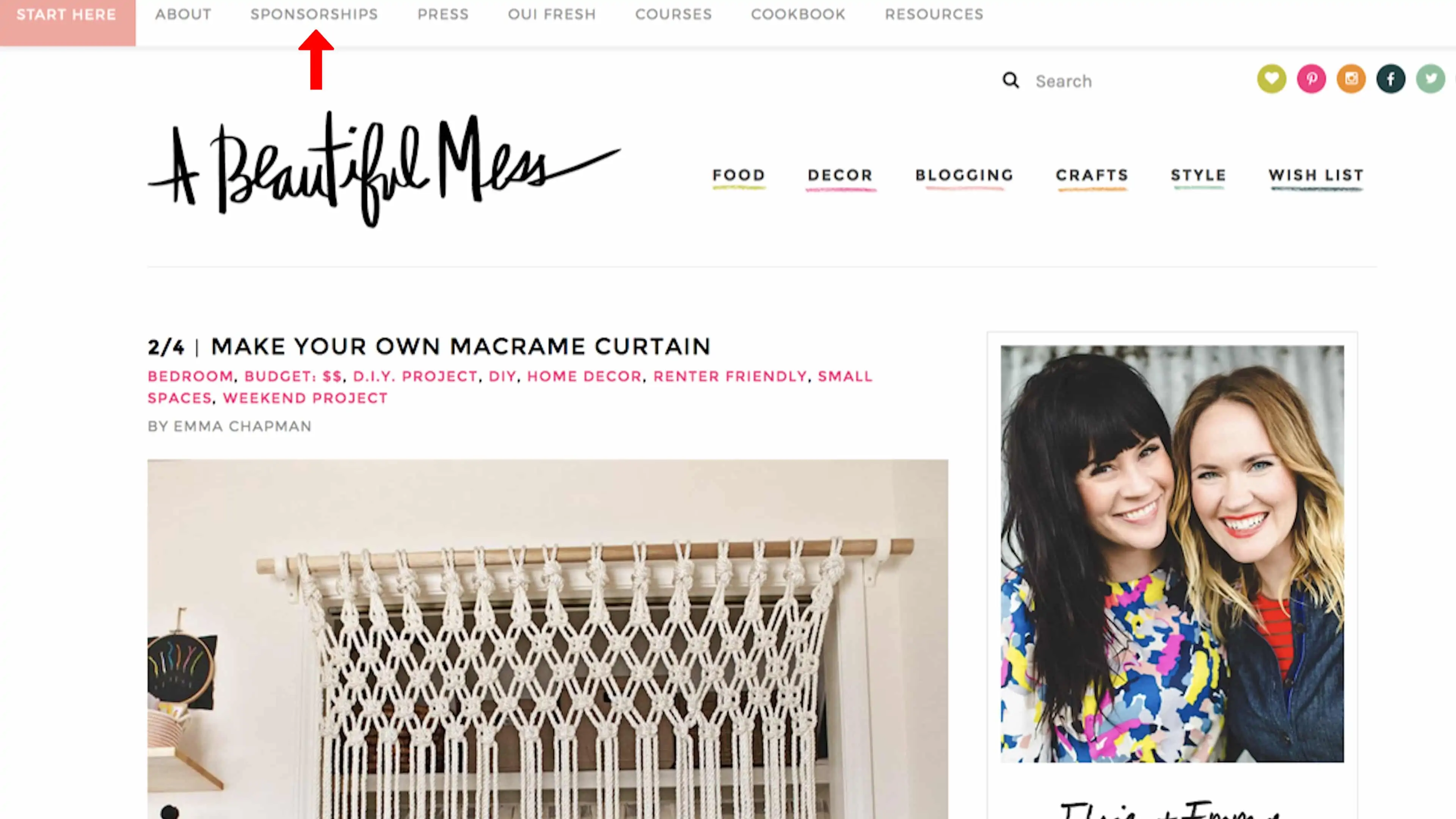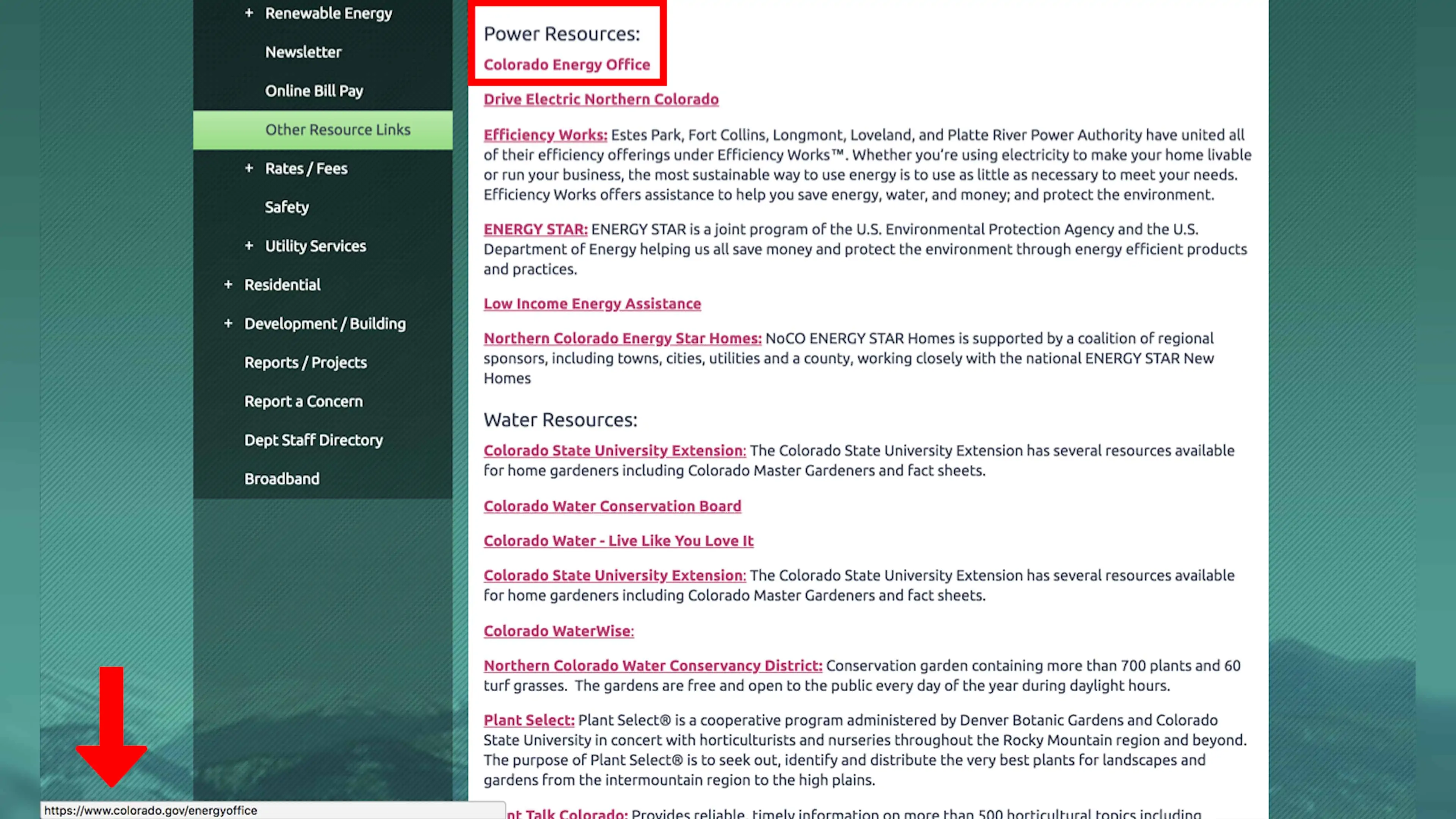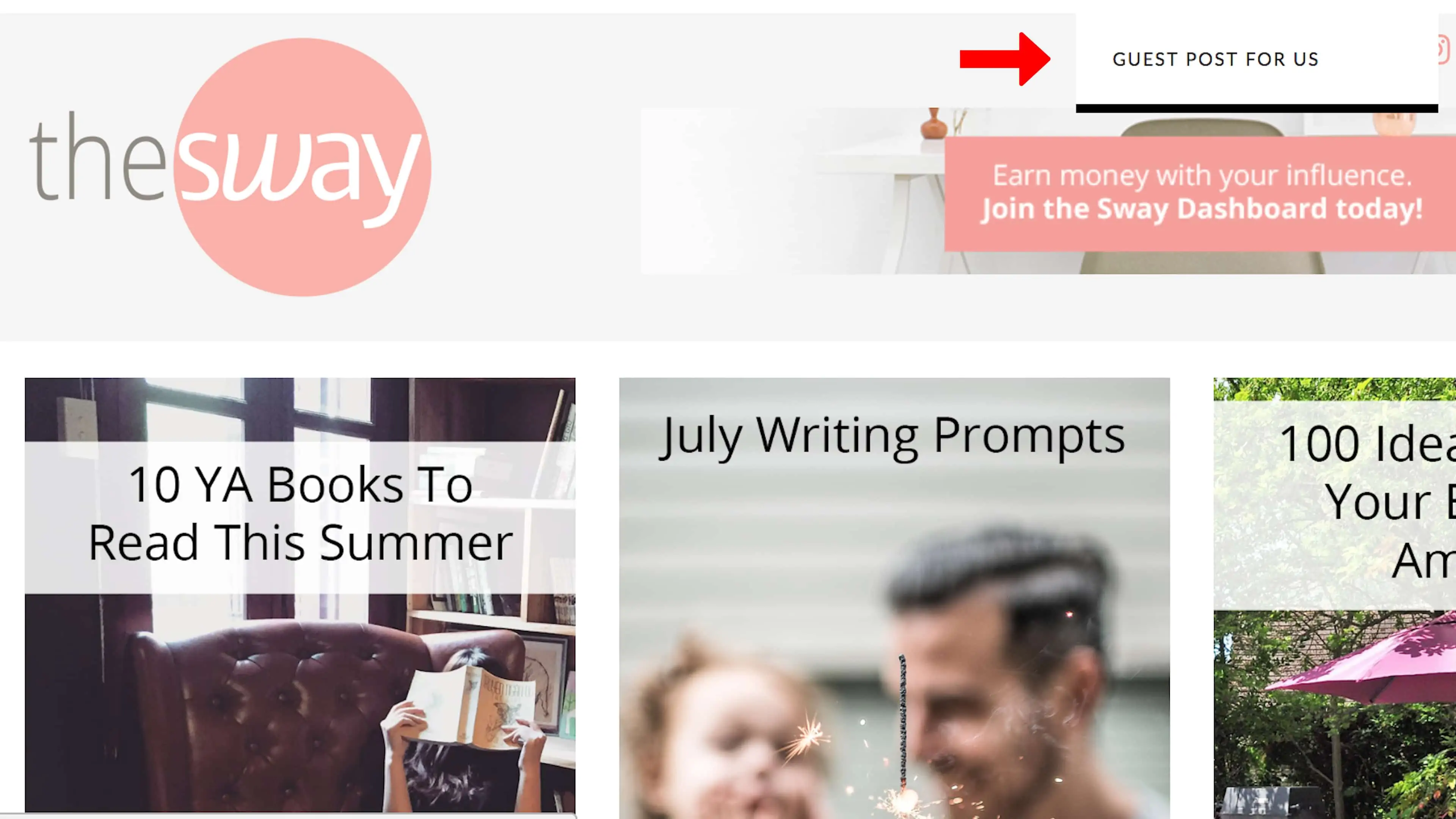For link builders, creating a great piece of content is only half the battle. In today’s video, we help point out some factors that can signal if a site is open to your link building outreach.
From obvious, visual cues to more subtle ones that you’ll need to use a tool or plugin to find, these tips will ultimately make you a better link builder.
Once you know what to look for (or what to avoid), the process becomes easier and faster, with more outcomes generated with less input required.
Video Transcription
Hey guys, Vince Nero here, Content Marketing Manager at Siege Media. Today I’m going to talk to you about how you can determine if a site will link out to you. This is something that I’ve struggled with as a link builder.
And once I’ve really discovered how to do it, it really has streamlined my process, cut down the time it takes to do outreach, and given me a lot more confidence in the work that I’m doing. I’m hoping that I can share some of these tips with you guys today.
DISCLAIMER:
Before I get any further, I want to point out that these are signals that a site might or might not be interested in your link building outreach, not something that a site is doing wrong. And there will always be exceptions to each of these signals. Lastly, you can still get a link out of a site even if it has a negative signal.
Creating Great Content
So, first thing is that you want to confirm that your content is a great fit for the site. Let’s get that out of the way first because if it’s not good, nobody is going to link to it. I actually did a video with our CEO, Ross Hudgens where we talked about using the S.U.C.C.E.S. method to come up with some really linkable topics.
So, make sure that you have that going into it, because, otherwise, none of the stuff I’m going to tell you is really going to work.
Getting into it, when you’re doing outreach, I like to go into it with kind of like an elimination scorecard. What I mean by that is we’re going to evaluate a site and look at negative factors and positive factors. And if the negatives outweigh the positives, you’re going to toss that site out.
The first few negatives cues I am going to discuss are visual cues you can look for.
Negative #1: Mention of “Advertising”
So, the first negative cue or signal, is if they say that they’re advertising anywhere on the site. So, it might be the navigation. You might see it as a sponsored post somewhere.
Typically, this will be like a competitive market. They will be looking for money anytime that you offer them a piece of content.
Negative #2: Custom Headers and/or Graphics
The next thing you want to look at is if they’re creating their own graphics. You can look for headers that are really beautifully designed, or look like a really specific style. Also, look for original photography with a watermark.
Those are signals that they’re probably doing a lot of content design in-house and they aren’t going to want to link externally.
Negative #3: SEO Savvy
So, the next thing you want to check out is if they’re an SEO savvy site. And what I mean by that is if you see links to a post that is a obviously keyword-driven post in the navigation or in a header somewhere, that’s a signal that they really get SEO.
And obviously, that’s not a bad thing. It’s a good thing for them. But typically, those types of sites don’t link out. They have their own thing going on. They have their own strategies.
Negative #4: Post Recency
The next thing you want to check out is the recency of their posts. So, if they haven’t posted in, like, three to six months, you’re probably not going to get a good response from them.
The blog is probably being cast aside and they’re working on something else at the moment. So, you wouldn’t want to bug them. You’re probably not going to get a good response anyway.
Negative #5: Large Brands
Another thing is if they’re a really, really large brand, and you’re a really, really small brand. But larger brands typically have a large budget. They’re probably working on their own content. So, negative signal right there.
So those are visual cues that you can look at. A couple of these other negative signals, you have to dig a little bit deeper for.
Negative #6: Nofollow Links
The first one is if they have a lot of nofollow links. There are a few Google Chrome plug-ins that you can download that show if a link is a nofollow. Here’s the nofollow plugin that I use.
Again, that’s not a bad thing. But typically, a nofollow link is only good if it’s from a large site like a Forbes or Entrepreneur, that you know, give you some nice brand recognition. But it’s not going to give you the SEO value that a lot of link builders need.
Negative #7: Large Social Media Following
Another thing you want to check out is their social media following. A lot of these big sites, again, like a large brand, if they have a ton of social media followers, they’re not necessarily going to be as into sharing links from some person they don’t know.
They have their own thing going on. They’re probably getting sponsored post offers left and right, so I would avoid those.
Negative #8: Linking Externally to .gov, .edu, .org
The last thing is if they’re linking externally, but it’s only to .gov sites.
You’ll come across this a lot in broken link building. But a lot of these sites like to typically build, like, a resources page from all really high DA .gov sites.
So, those are the negative signals. Moving on to the positive signals.
Positive #1: Sharing Guest Posts
The first thing is pretty simple. It is looking to see if you see a guest post anywhere on the site.
Typically, those blogs or sites are going to be open to guest posts and external contributors. Always be sure to read the fine print though, sometimes they ask for specific word counts or something specific in the subject line.
If you nail those, you will be a lot more likely to get their attention.
Positive #2: Sharing External Pieces
Next thing is if they actually share external pieces. One way to check that is using a tool like Moz or Ahrefs. Typically, you’ll look for something like a infographic or other visual another site has shared that’s similar to your piece.
And if they’re sharing an external infographic, there you go. There’s your high link probabilty.
Positive #3: Send Tips
Next thing you want to look for in the navigation is if they say anything about sending in tips.
I typically will see this in something like a news site, and it’s pretty self-explanatory.
Positive #4: Write for Us
The next thing you want to check out is if it says, “To write for us,” anywhere on the page. That’s kind of like the guest post thing but you have to be careful with those because sometimes they’re not looking for just a single link or a one-off. They want contributors who are going to contribute on a weekly or monthly basis.
So that could be great for a small brand who’s trying to build their recognition online, or for maybe someone like a new writer. But for an average link builder, that might not be the way you want to go. But this is still a positive signal.
Positive #5: Resources/Links/Related or Recommended Sites
The last one is if you see resources, link pages, recommended sites, related links, or anything like that. Typically, it will be like a broken link building scenario, where it’s going to list a ton of resources and they’re going to link externally.
But watch out for the .gov, .org, etc sites. Also, be careful because when doing broken link building, you’re going to come across a lot of old sites, stuff from like 1996, you know, like the old Space Jam website, that’s still out there. Avoid those if you can because nobody is using them.
My last bit of advice is typically, if you’re on the fence with any of these, I’d skip that site. If you’re not at least 90% confident in doing outreach when you’re sending that email, it probably isn’t worth it. Think, if you receive this email and you have a blog, would you give this guy a link? If you could say yes to that, then they’re probably going to give you a link, and you can feel pretty confident about it.
So, use the scorecard, run through those negative signals, and run through the positive signals, and hopefully that helps evaluate your site.
If you guys liked this, please give me a thumbs up, or subscribe. If you have any questions or comments, feel free comment below, ask me on Twitter or email us at hello@siegemedia.com.



















